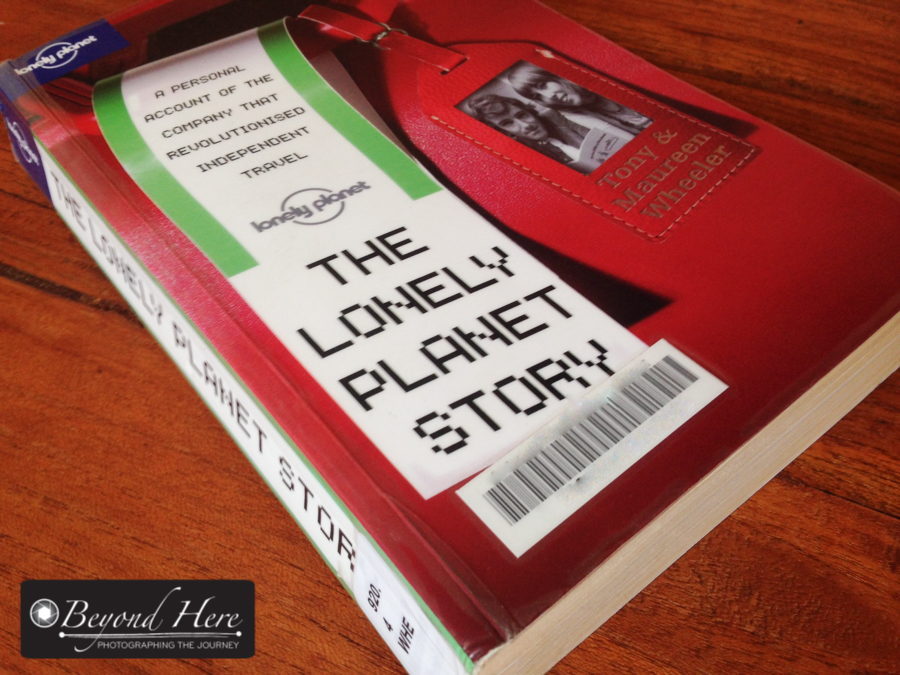I recently had the opportunity to photograph the Australian Gymnastics Championships at Hisense Arena in Melbourne. I have shot a lot of basketball and netball over the last 5 years, but the chance to photograph gymnastics was something new. It is refreshing to shoot something new, like I posted about in Fresh Perspectives on My Hometown. Before the championships I studied gymnastics photos, and then had a great time at the event. I learned a lot about gymnastics photography too. I have 10 lessons which I will share over two posts. So first, here are 5 lessons from photographing gymnastics.

Gymnasts combination of athleticism, flexibility and strength produces images not seen in other sports
Lesson 1 – Gymnasts Athleticism, Flexibility and Strength leads to Unique Images
As this was the Australian national championships the standard was very high. The athletes have typically spent 10 years or more training to achieve this level. That means they are great athletes able to execute difficult gymnastics skills. I’m not sure why that surprised me (!) but the gymnasts had a tremendous combination of strength, flexibility and balance. That lead to a range of unique images which aren’t present in other sports. You’ll see examples in the images on this post.
Lesson 2 – Lighting can be Challenging
Like in any indoor sport relying on artificial light, the level of lighting can be problematic for a photographer. I was fortunate that this venue is a world class venue with good lighting. That said, because the action was fast moving, I was still shooting with ISO between 1000 and 2000 to keep shutter speeds at 1/1600s or faster.
Lesson 3 – Warm Up Provides Additional Photo Opportunities
I was fortunate to be guided by one of the athlete’s families about gymnastics images. These athletes have typically competed in a range of state and national championships most of which have photographers covering the event. Those photographers typically focus on the actual competition.

This warm up session on the beam provided a unique opportunity to shoot against a black background
Lesson 3 from my 5 lessons from photographing gymnastics was not to overlook the warm up. It is a key part of the event for gymnasts and is rarely covered by photographers. Look for opportunities to shoot the warm up as well as the competition.
Lesson 4 – Prepare your Equipment for Fast Moving Action
Lesson 4 is obvious to gymnastics experts! The action is very fast moving. I have shot a lot of basketball in poorly lit stadiums, but I hadn’t appreciated that the action in gymnastics would be much faster than a typical basketball game. While a basketball game might have fast and slow elements to the game, there really aren’t any slower tempo parts to gymnastics. There is plenty of time preparing, but once the athlete is going it is very quick.
To freeze that action you need equipment which will let you focus quickly and shoot at fast shutter speeds. I mainly shot at f2.8 to keep shutter speeds above 1/1600s. Prepare your equipment with the fast speed in mind.
Lesson 5 – Floor Routine is Where Gymnasts Really Express Their Individuality
I was covering the women’s artistic gymnastics competition. That involves 4 different apparatus – the vault, uneven bars, beam, and floor routine. Within all of those, a gymnast has the opportunity to both execute the skills and express their personality. That said, it is the floor routine where they have the greatest opportunity to express themselves.

The gymnasts can really express their personality in the floor routine
How does this impact images you’ll shoot? Extensive planning has gone into all elements of the floor routine, so gymnasts are just as interested in the expressive poses as they are in the spectacular leaps. Don’t overlook these moments to capture images which are unique to that gymnast.
Thanks for reading 5 lessons from photographing gymnastics. I’ll follow up with 5 more tips in a separate post. Just before I wrap up this post, if you are a photographer in Australia look out for the national championships dates and venue on the Gymnastics Australia website. It was an excellent event which I would recommend to other photographers. Thanks again for reading 5 lessons from photographing gymnastics. Happy shooting!



 Yesterday’s Shoot
Yesterday’s Shoot

















 Tip 4 – Work with a Second Shooter You Know and Trust
Tip 4 – Work with a Second Shooter You Know and Trust


